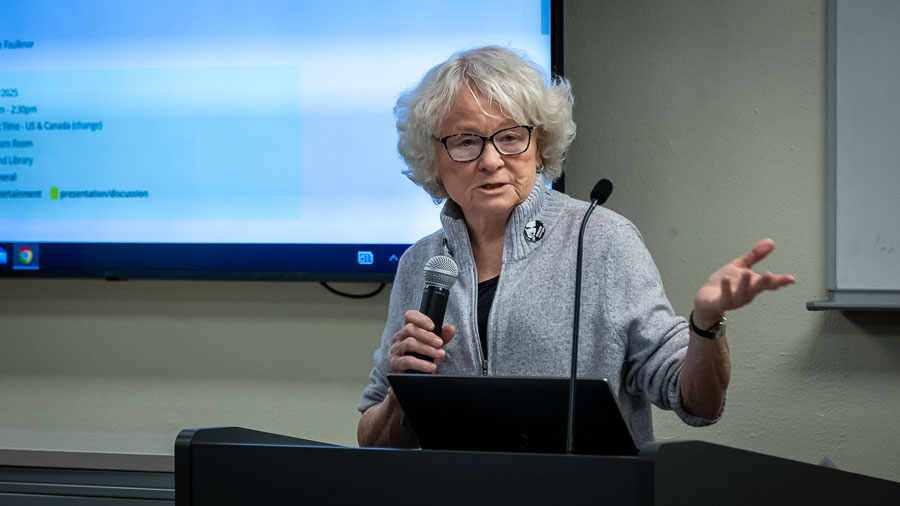OTHER VIEWS: Current energy policies will leave us in the dark
Published 6:00 am Wednesday, August 16, 2023

- other views logo
Unless policymakers change their timetables, government climate policies will likely leave many Americans stranded, cold and in the dark before the middle of the century.
But that’s what happens when politicians listen to activists and ignore engineers.
Under many state and federal policies, the goal is for America’s energy sector to produce net zero emissions by 2050. To get there, policymakers have all but mandated that electricity will come from wind generators and solar panels.
In a two-part series, Capital Press reporter Sierra Dawn McClain explained why many energy experts are skeptical of that timetable.
Government climate policy is taking coal and natural gas generating stations offline faster than new solar or wind facilities can replace the electricity they produce.
Simultaneously, these policies will increase demand for electricity by requiring gas- and diesel-powered cars and trucks be replaced with electric vehicles and natural gas stoves and furnaces be replaced with electric models.
Researchers and utility leaders Capital Press interviewed all had different estimates, though most guessed peak electricity use will be about 20% higher by 2033.
Experts predict demand will continue growing. A 2022 Hoover Institution article said most studies anticipate at least a doubling in the supply of electricity that will be needed and a doubling in the grid size by 2050 under net-zero climate goals.
As one source explained, policymakers are putting the cart before the horse, forcing electrification before renewable sources of energy are in place to handle the demand.
Building all of those solar panels and wind turbines, the batteries necessary to store electricity when the wind isn’t blowing and the sun isn’t shining, and expanding the grid to handle the increased load is a huge engineering problem.
To meet demand, utilities will have to increase the current annual deployment of solar and wind generators by 400%. The U.S. Department of Energy says the electrical grid will have to expand 57% by 2035.
Meeting the goal will require the mining and processing of raw materials, and the manufacturing of batteries, wind turbines and solar cells on an unprecedented scale. It will also require that facilities be sited and built much faster than is now possible.
And, astonishingly, policymakers are relying on yet-to-be invented technology to meet the goal.
Many experts say the complex process will take far longer than policymakers have allowed, and that electric demand will easily exceed supply unless a more realistic timeline is adopted.
David Victor, an energy expert at the University of California, said no utility or politician wants to be responsible for rolling blackouts. He predicts if it looks like power supply will fall short, officials will relax rules or change timelines.
Count us among those who are skeptical. The people pushing these policies seem to be ignoring the realities.
We can only hope that if such concessions are made, they will come before things are fouled up beyond all recognition.










